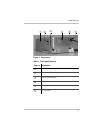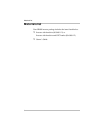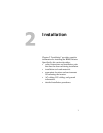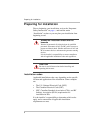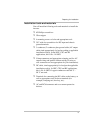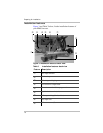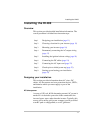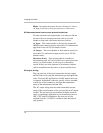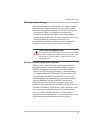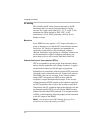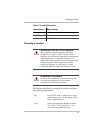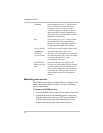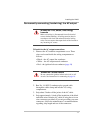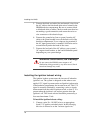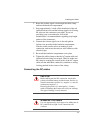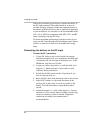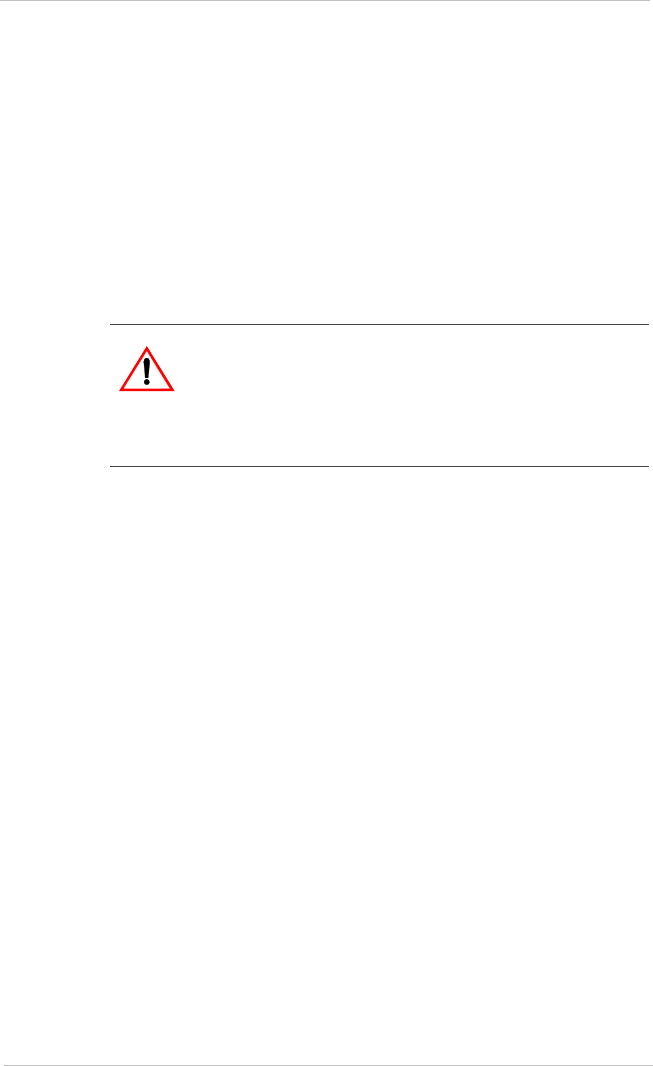
Installing the HI400
13
AC output neutral bonding
The neutral conductor of the inverter’s AC output circuit is
automatically connected (“bonded”) to the safety ground
whenever the inverter is running and AC utility shorepower
is not present. When AC shorepower is present, this
connection is automatically lifted, as that same bonding
connection will be present in the AC shorepower source. This
system automatically conforms to electrical code
requirements that neutral conductors are to be bonded to
ground at all times, but only in one place at a time.
DC disconnects and over-current devices
The DC circuit from the battery to the inverter must be
equipped with over-current protection (such as a circuit
breaker or fuse) and a disconnect device. This usually
consists of a DC-rated circuit breaker, a “fused-disconnect,”
or a separate fuse and DC disconnect. Do not confuse AC
circuit breakers with DC circuit breakers — they are not
interchangeable. The current rating of the fuse or breaker
must be matched to the size of the DC cables used in
accordance with the applicable installation codes. The
breaker or disconnect and fuse should be located as close as
possible to the battery, in the positive cable. Applicable codes
may limit how far the protection can be from the battery.
For No. 8 AWG DC cable, the fuse or circuit breaker is
required to be rated 40 Adc max. Use a slow-blow fuse to get
the maximum surge performance from the inverter.
CAUTION: Damage to unit
Do not connect AC output to any AC load circuit in which
the neutral conductor is connected to ground (earth) or to
the negative of the DC (battery) source. Doing so will
damage the unit.



